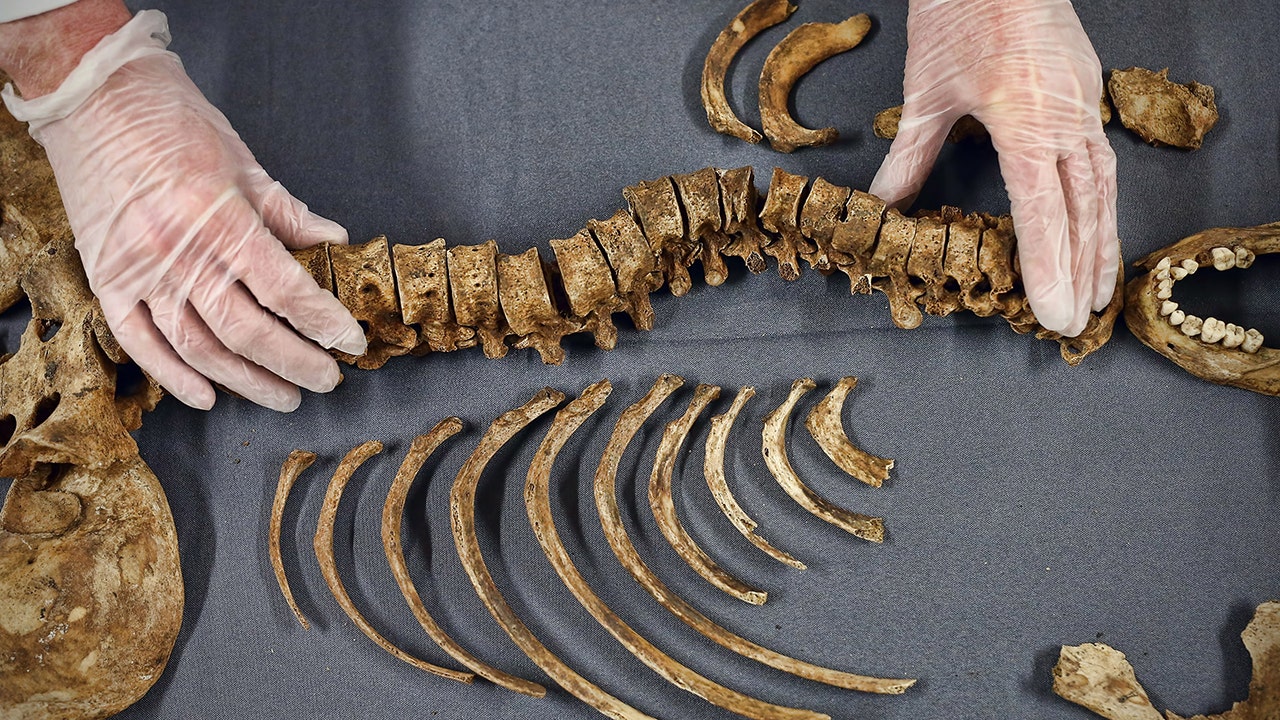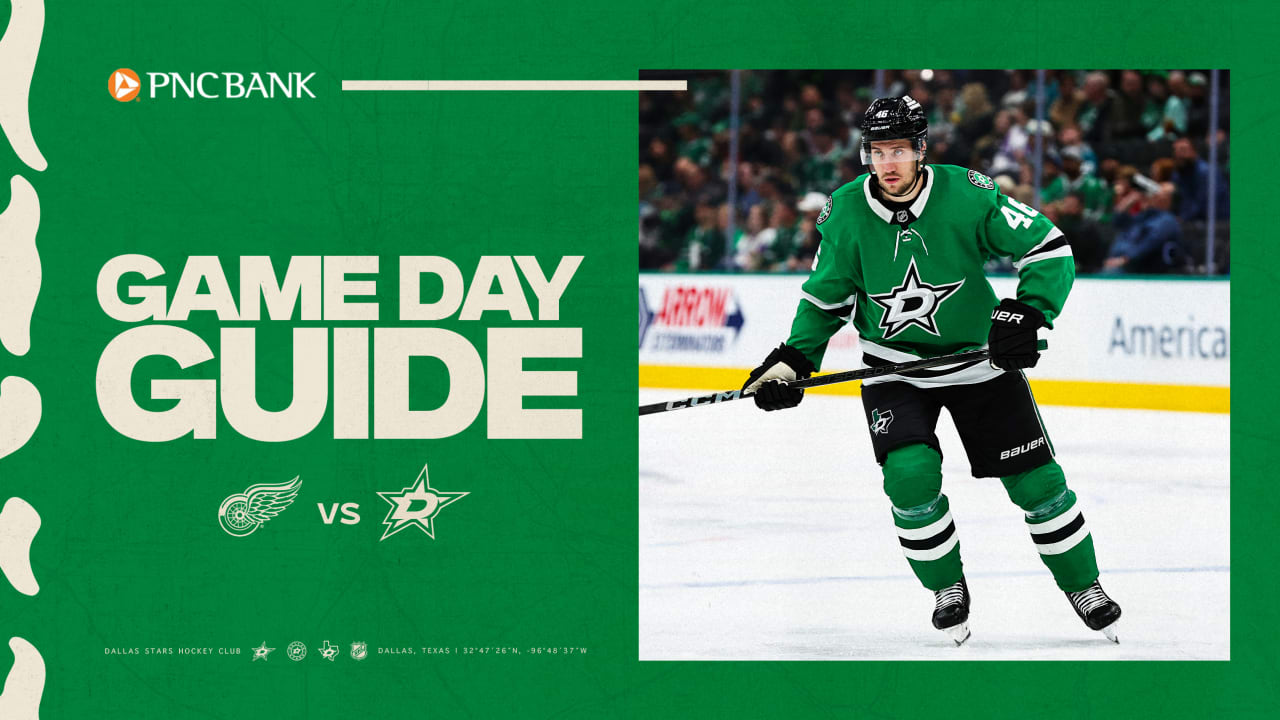Health
What is scoliosis? Causes and symptoms of the spinal condition, treatment plans and more

Scoliosis is a spinal condition that occurs when there is an abnormal curve of the spine.
Often, scoliosis cases are mild and do not need extensive treatment, but there are very severe cases that require surgery and crucial care for the spine.
Scoliosis is typically diagnosed through X-rays.
The cause in an overwhelming number of cases is unknown.
10 VITAL HEALTH SCREENINGS YOUR CHILD NEEDS
Here is everything that you need to know about scoliosis, including the different types and the variety of treatment options that are available for the condition.
Scoliosis is typically diagnosed with X-rays. (BSIP/UIG Via Getty Images)
- What causes scoliosis?
- Can scoliosis be corrected?
- What are the symptoms of scoliosis?
- When do symptoms of scoliosis first appear?
- What should I avoid doing with scoliosis?
1. What causes scoliosis?
For some 80% of scoliosis cases, the direct cause is unknown.
This is called idiopathic scoliosis. When the cause of scoliosis is known, it is likely congenital, neuromuscular or degenerative.
Congenital scoliosis is seen in babies and occurs when the spine does not form properly in the womb. Neuromuscular scoliosis is one that is associated with a muscular or nerve disorder such as cerebral palsy, trauma to the spinal cord or muscular dystrophy.
Degenerative scoliosis is seen in older people and is from wear and tear on the spine, causing it to curve as an individual ages.

Scoliosis is an abnormal curve in the spine. It is a condition mostly seen in children. (Carl Court/Getty Images)
2. Can you correct scoliosis?
Scoliosis can be corrected, but the way it is treated will depend on the severity of the condition.
Some people with mild cases might not need treatment at all. Others may need to wear a back brace to stop the curve from worsening.
Specific exercises for patients are also known to work.
5 SIGNS YOUR BACK PAIN IS SOMETHING SERIOUS-AND WHEN TO VISIT A CHIROPRACTOR
For severe cases of scoliosis, surgery may be needed. The main type of surgery used to correct severe scoliosis is spinal fusion.
During spinal fusion, vertebrae are realigned and fused together. This allows them to heal into a single bone.
The goal of this surgery is to help stop the curve from getting worse.

Back braces are one method used for scoliosis treatment. (Pat Greenhouse/The Boston Globe via Getty Images)
3. What are the symptoms of scoliosis?
Some of the common symptoms in an individual who could have scoliosis include leaning to one side and uneven shoulders, hips or waist. Other symptoms include muscle weakness and back pain.
Sometimes, those who have scoliosis may have ribs sticking out on one side or a curved posture, as well as trouble sitting, standing and walking.
CLICK HERE TO SIGN UP FOR OUR HEALTH NEWSLETTER
They also may feel stiffness in their spine and their entire body may be visibly shifted to one side.
4. When do symptoms of scoliosis first appear?
Although symptoms of scoliosis could appear at any point in life, they are mainly seen in adolescents around the age of 10.
While scoliosis symptoms may start to appear around this age, they could continue to get worse over time if not properly treated.
Age is one of the biggest risk factors of scoliosis, while gender is another. Females are more likely to get scoliosis than males.
5. What should I avoid doing with scoliosis?
Since the severity of one’s scoliosis differs on a case to case basis, there are certain things that some people with scoliosis can do, that others cannot.

Various exercises and stretches are good for people with scoliosis. (Michael Allen Jones/Sacramento Bee/Tribune News Service via Getty Images)
While most patients with scoliosis can participate in daily activities, there are some tasks or sports to avoid.
Avoid high-contact sports, such as football, rugby or lacrosse, if diagnosed with scoliosis.
Those with scoliosis should also be mindful when lifting heavy objects and talk with their doctor about certain exercises they should stay away from.
People with scoliosis should also consider buying shoes with lots of support.
Footwear such as heels do not provide the levels of support that the spine needs with this condition.

Health
Semaglutide Pills and Injections Vs. Drops: Experts Weigh In | Woman's World

Sign Up
Create a free account to access exclusive content, play games, solve puzzles, test your pop-culture knowledge and receive special offers.
Already have an account? Login
Use left and right arrow keys to navigate between menu items.
Use escape to exit the menu.
Health
Jennifer Hudson Lost 80-Lbs Without Depriving Herself—Learn Her Secrets

Sign Up
Create a free account to access exclusive content, play games, solve puzzles, test your pop-culture knowledge and receive special offers.
Already have an account? Login
Use left and right arrow keys to navigate between menu items.
Use escape to exit the menu.
Health
Kennedy’s Plan for the Drug Crisis: A Network of ‘Healing Farms’

Though Mr. Kennedy’s embrace of recovery farms may be novel, the concept stretches back almost a century. In 1935, the government opened the United States Narcotic Farm in Lexington, Ky., to research and treat addiction. Over the years, residents included Chet Baker and William S. Burroughs (who portrayed the institution in his novel, “Junkie: Confessions of an Unredeemed Drug Addict”). The program had high relapse rates and was tainted by drug experiments on human subjects. By 1975, as local treatment centers began to proliferate around the country, the program closed.
In America, therapeutic communities for addiction treatment became popular in the 1960s and ’70s. Some, like Synanon, became notorious for cultlike, abusive environments. There are now perhaps 3,000 worldwide, researchers estimate, including one that Mr. Kennedy has also praised — San Patrignano, an Italian program whose centerpiece is a highly regarded bakery, staffed by residents.
“If we do go down the road of large government-funded therapeutic communities, I’d want to see some oversight to ensure they live up to modern standards,” said Dr. Sabet, who is now president of the Foundation for Drug Policy Solutions. “We should get rid of the false dichotomy, too, between these approaches and medications, since we know they can work together for some people.”
Should Mr. Kennedy be confirmed, his authority to establish healing farms would be uncertain. Building federal treatment farms in “depressed rural areas,” as he said in his documentary, presumably on public land, would hit political and legal roadblocks. Fully legalizing and taxing cannabis to pay for the farms would require congressional action.
In the concluding moments of the documentary, Mr. Kennedy invoked Carl Jung, the Swiss psychiatrist whose views on spirituality influenced Alcoholics Anonymous. Dr. Jung, he said, felt that “people who believed in God got better faster and that their recovery was more durable and enduring than people who didn’t.”
-
/cdn.vox-cdn.com/uploads/chorus_asset/file/25822586/STK169_ZUCKERBERG_MAGA_STKS491_CVIRGINIA_A.jpg)
/cdn.vox-cdn.com/uploads/chorus_asset/file/25822586/STK169_ZUCKERBERG_MAGA_STKS491_CVIRGINIA_A.jpg) Technology1 week ago
Technology1 week agoMeta is highlighting a splintering global approach to online speech
-

 Science1 week ago
Science1 week agoMetro will offer free rides in L.A. through Sunday due to fires
-
/cdn.vox-cdn.com/uploads/chorus_asset/file/23935558/acastro_STK103__01.jpg)
/cdn.vox-cdn.com/uploads/chorus_asset/file/23935558/acastro_STK103__01.jpg) Technology1 week ago
Technology1 week agoAmazon Prime will shut down its clothing try-on program
-

 News1 week ago
News1 week agoMapping the Damage From the Palisades Fire
-
/cdn.vox-cdn.com/uploads/chorus_asset/file/25826211/lorealcellbioprint.jpg)
/cdn.vox-cdn.com/uploads/chorus_asset/file/25826211/lorealcellbioprint.jpg) Technology7 days ago
Technology7 days agoL’Oréal’s new skincare gadget told me I should try retinol
-
/cdn.vox-cdn.com/uploads/chorus_asset/file/25832751/2192581677.jpg)
/cdn.vox-cdn.com/uploads/chorus_asset/file/25832751/2192581677.jpg) Technology4 days ago
Technology4 days agoSuper Bowl LIX will stream for free on Tubi
-

 Business5 days ago
Business5 days agoWhy TikTok Users Are Downloading ‘Red Note,’ the Chinese App
-
/cdn.vox-cdn.com/uploads/chorus_asset/file/25835602/Switch_DonkeyKongCountryReturnsHD_scrn_19.png)
/cdn.vox-cdn.com/uploads/chorus_asset/file/25835602/Switch_DonkeyKongCountryReturnsHD_scrn_19.png) Technology2 days ago
Technology2 days agoNintendo omits original Donkey Kong Country Returns team from the remaster’s credits















